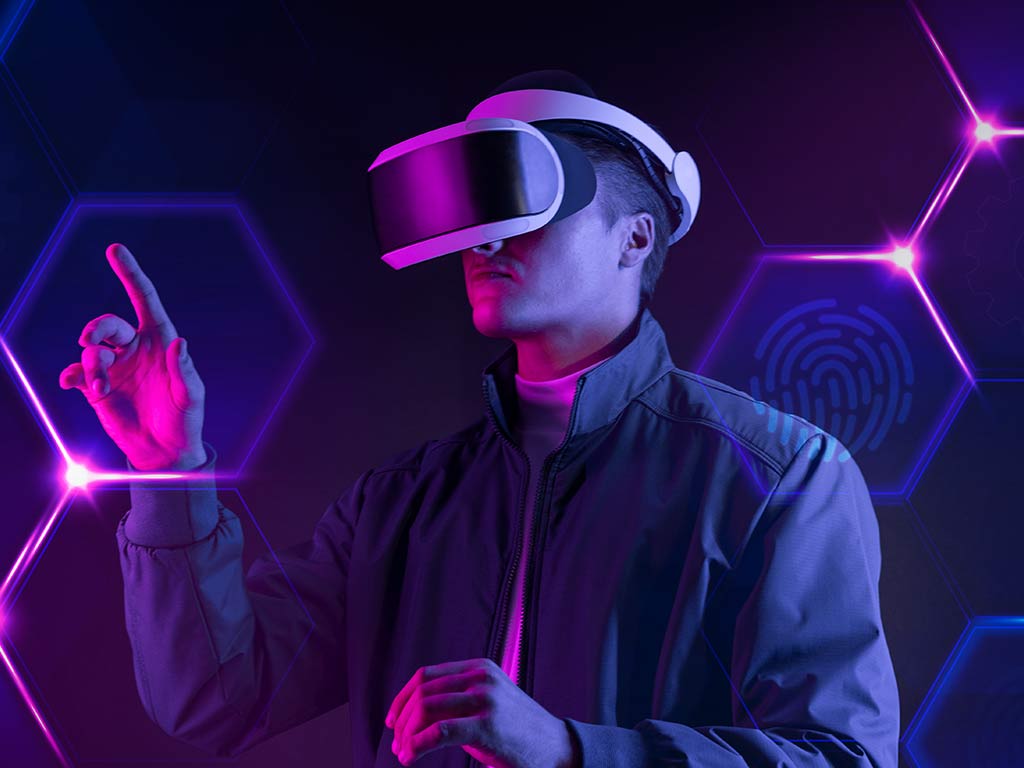Virtual and Mixed Reality to Witness 11-Fold Growth by 2028

According to Frost & Sullivan, the growing desire for immersive experiences is garnering greater interest and financing for virtual reality project development.
According to Frost & Sullivan, the growing desire for immersive experiences is garnering greater interest and financing for virtual reality project development.
The markets for virtual reality (VR) and augmented-mixed reality (AR-MR) are at the centre of the digital transformation that will occur in the near future. These markets offer immersive and assisted experiences by way of a three-dimensional virtual environment that is superimposed on or laid on top of the actual world. According to a recent study by Frost & Sullivan titled "VR and AR-MR Market," it has been found that continuing development and financing in the metaverse area is attracting greater attention and money to VR/AR-MR projects. The VR, AR, and MR (virtual reality, augmented reality, and mixed reality) hardware and software technologies are the key gates to the metaverse. It is anticipated that the market would rise by a factor of 11 to a value of $160.14 billion by 2028, up from $14.55 billion in 2021. This will represent an exponential expansion in terms of sales, marking a compound annual growth rate (CAGR) of 40.9 percent.
According to Alaa Saayed, ICT Research Director & Fellow, "the wider availability of VR/AR-MR endpoints, the proliferation of mobile devices, the continued improvement in connectivity, and the wider recognition of the metaverse as a social and cultural destination are all expected to continue to act as main drivers for the VR/AR-MR market." "The wider availability of VR/AR-MR endpoints, the proliferation of mobile devices, the continued improvement in connectivity, and the wider recognition of the metaverse as The market for virtual reality, augmented reality, and mixed reality is being further propelled forward by the expansion of the gaming industry, which is seeing unprecedented levels of popularity. The video gaming industry will continue to see growth, as video game platforms and publishers will continue to expand their virtual reality (VR), augmented reality (AR), and mixed reality (MR) content libraries in order to engage their audiences and revitalise their platforms. This will serve as a stimulus for further expansion within the gaming business.
Technology Marketing News: Rarify and BitGo Have Joined Forces to Offer Investors NFT Analytics and Give Them an Advantage
"North America (NA) and Asia-Pacific (APAC) are the top two areas producing money for VR and AR-MR," Saayed noted. The key elements that are contributing to the growth of the market in North America are an increased prevalence of mobile devices, advanced connection, and exposure to high levels of technology. Similarly, the existence of a large number of display panel producers, an increasing number of virtual reality (VR) players, and personal and business demand for augmented reality and mixed reality all contribute to the growth of the industry in APAC.
The following is a list of some of the important verticals that are expected to benefit from the advancements in virtual reality and augmented reality and mixed reality technologies:
- No matter whether it's making video games more immersive, constructing new virtual venues, or adding extended reality (XR) components to real-world attractions, virtual reality, augmented reality, and mixed reality will continue to flourish in the Media and Entertainment industry.
- It is anticipated that the move toward Industry 4.0, the increased utilisation of internet of things (IoT) devices, and the expansion of 5G will be the primary drivers for the increasing application of virtual reality, augmented reality, and mixed reality technologies in the manufacturing and industrial sectors, respectively.
- Technologies such as virtual reality, augmented reality, and mixed reality are increasingly creating new ways for firms in the retail industry to communicate with their consumers. Many companies are turning to immersive technology as a means of fostering emotional and physiological bonds with the consumers that make up their client base.
- The usage of technology such as virtual reality, augmented reality, and mixed reality is giving people access to a larger variety of therapeutic and recreational options. The introduction of VR, AR, and MR technologies has brought a novel element to the field of remote health care, despite the fact that this practice has been in existence for a substantial length of time.
- Individuals will be able to participate in education in new and engaging ways thanks to the implementation of immersive learning, which will ultimately lead to improved learning outcomes.
- It is anticipated that virtual reality (VR), augmented reality (AR), and mixed reality (MR) cloud meetings and event experiences will be of growing assistance to the workforce of the future. Immersive technology has the potential to improve communications and cooperation, as well as to execute human resource initiatives, train on new practices, and even establish a culture.

